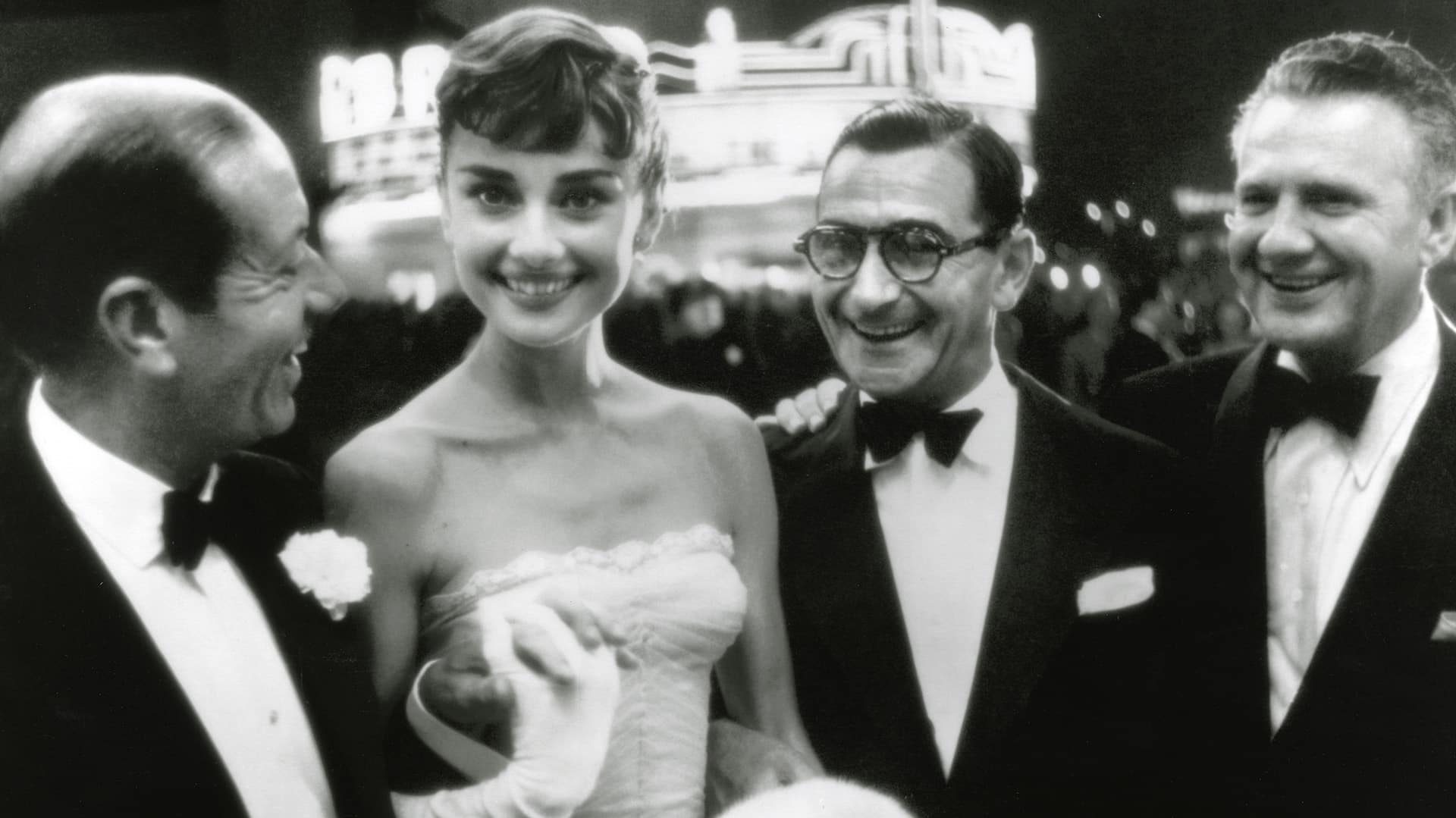The photographs of two of Hollywood’s greatest chroniclers are currently on display at the Fahey/Klein Gallery in Los Angeles: a great opportunity to travel back in time to the days of the star system, an era made of glamour, dreams and ideals.

You’re getting blind.
Don’t miss the best of visual arts. Subscribe for $9 per month or $108 $90 per year.
Already suscribed ?
Read More: Inside Bob Gruen’s Iconic Music Photography Archive


